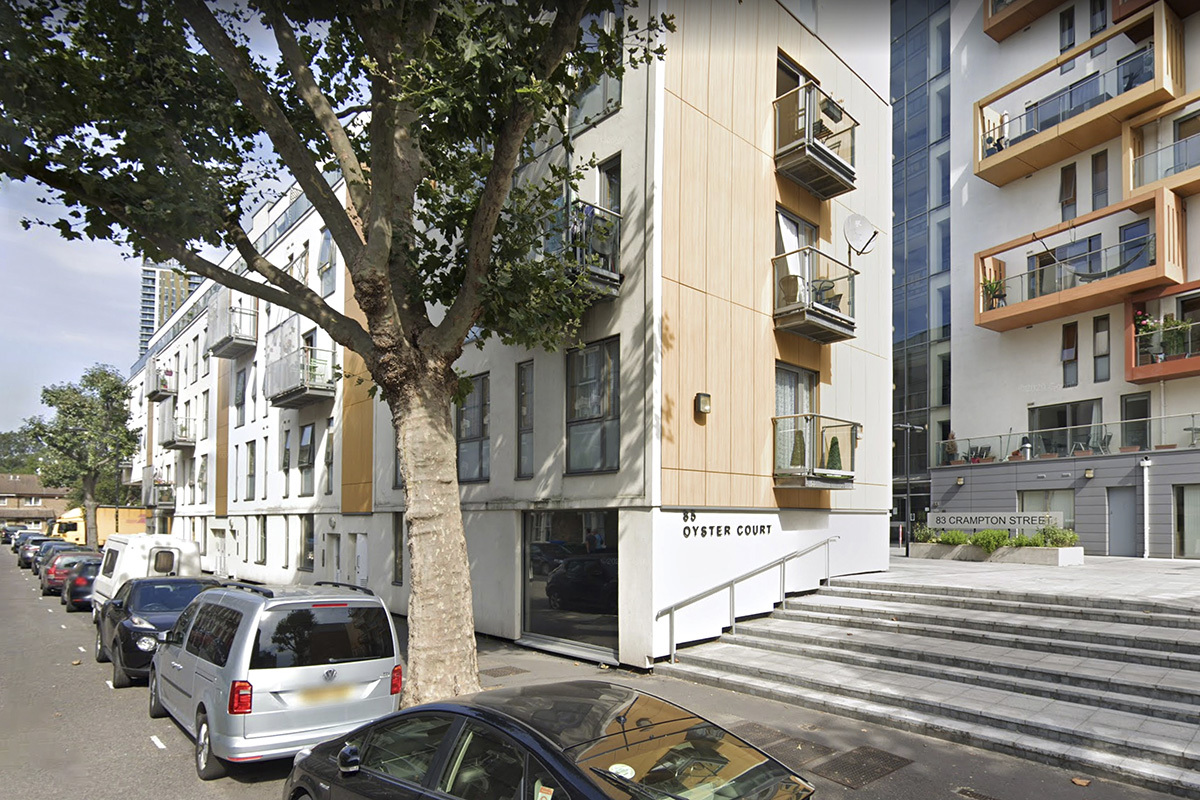EWS1 crisis: banks agree to lend on some properties where remediation plan is agreed
Some of the country’s largest banks could start to lend on properties covered in dangerous materials as long as a fully funded remediation plan is in place, the industry’s main trade bodies have revealed.
In an update today, UK Finance and the Building Societies Association (BSA) said that several lenders have agreed to a new lending position which states that they would ’take necessary steps’ to facilitate lending on a property if a plan to replace dangerous materials had been set out.
This is a drastic move away from banks’ previous risk-averse approach, which stated that no properties would be lent on until full remediation to remove dangerous materials had been carried out.
The new guidance states that banks could now lend on blocks that have received a B2 or A3 rating if a “costed and funded remediation plan is agreed with committed dates for starting and finishing all specified/required work”.
A B2 rating indicates that combustible materials are present in a building’s external wall and need to be removed.
A3 is usually given when attachments to the external walls, such as balconies, are present and need to be removed.
Banks that have signed up to this agreement are: Barclays, HSBC, Lloyds, Nationwide, NatWest and Santander.
UK Finance and the BSA have said that they are currently working on a phase-two plan to get more signed up in the coming weeks.
The note today also states that UK Finance, the BSA, the Royal Institution of Chartered Surveyors (RICS) and the government are currently working to establish a framework to enable verification of these key requirements, to ensure transparency for leaseholders and prospective purchasers.
The move is a major step forward for leaseholders. Hundreds of thousands have become trapped for more than two years since the External Wall System 1 (EWS1) process was brought in after being created by RICS. The majority of buildings that have received EWS1 assessments have been given B2 or A3 ratings.
Despite calls from the government for banks to stop asking for EWS1 checks on buildings under 18 metres tall over the past 18 months, banks have largely ignored this guidance, with the majority of leaseholders in these buildings trapped until their block receives a clean bill of health on an EWS1 form.
In today’s update, UK Finance and the BSA also committed to a further review of lending and valuation of properties that are given A3 or B2 ratings once the Building Safety Bill enshrines protections for leaseholders.
It said this review would also consider the new ‘remediation order’ regime expected to be brought in under the bill.
The new table published today confirms that lenders will lend on any building with an A1, an A2 or a B1 rating, or an EWS1 or equivalent form which shows that no remediation is required.
Inside Housing has spoken to leaseholders previously who have had issues securing mortgages on buildings that have been rated B1 in the past.
RICS has also backed the statement from the banks, which will ensure that valuations take into account fully costed and remediation plans. It said that EWS1 assessments should now be carried out in accordance with PAS 9980, after an update to the guidance last month.
Last month RICS revealed that it will now be expecting all EWS1 assessments to follow the new PAS guidance, a 178-page document aimed at giving assessors a framework to follow to assess the risk posed by an external wall in a block of flats.
The government has previously said that it hoped PAS 9980 would bring proportionality back to assessing medium-rise buildings and significantly reduce the number of unnecessary surveys required.
A statement from the End Our Cladding Scandal campaign group said: "We welcome the joint statement from the lending and valuation industries with our usual cautious optimism.
"We can only have hope rather than firm expectation that the crisis we are living through is near an end.
"While we agree wholeheartedly with the simple notion that owners and/or prospective buyers of flats should have confidence that their flats or the flats they wish to buy are safe, we remain concerned that certainty in the flat sales market, and certainty that innocent leaseholders can finally move on with their lives, is still some way away.
"This joint announcement may appear positive, but we are very concerned whether the 178-page PAS9980 standard will truly provide a consistent and proportionate approach to risk assessment or whether it will be open to interpretation in practice.
"The well-intentioned but misguided 2020 Consolidated Advice Notes may now be withdrawn; however, the Fire Safety Act requires building owners to consider external wall fire risks in buildings of all heights with two or more separate dwellings, with PAS 9980 containing no minimum height restrictions."
Sign up for our fire safety newsletter
Already have an account? Click here to manage your newsletters












